How Do Cells Repair Themselves?
It’s easy to see the weaknesses in the biology of our bodies. We are made of cells that are generally soft, squishy, and vulnerable to damage.
But what makes living organisms unique from hardened artificial machines is the ability to repair without intervention.
A review published in Science quotes,
“A standard question we ask students is to define what it means to be alive. This is surprisingly hard to do in a precise way, but surely one of the remarkable features of living systems that distinguishes them from human-made machines is their ability to heal and repair themselves.”
We see many examples of our bodies making miraculous repairs, from mending broken bones to healing the lungs after quitting a bad smoking habit.
Let’s examine how our cells make these miracles happen.
Repair occurs on the cellular level.
Our bodies undergo tiny biological processes on the cellular level to make repairs and restore proper function.
For example, preclinical research from the University of Illinois published in Nature Structural & Molecular Biology shows how liver cells repair and restore themselves by returning to a cellular state that usually occurs just after birth.
The liver, as we know, can tolerate severe damage from alcohol abuse or other toxins and yet still maintain its function by undergoing vital repair processes. This research investigates how the liver accomplishes it.
Professor Auinash Kalsotra, the principal researcher, tells The University of Illinois News Bureau,
“We know that in a healthy adult liver, the cells are dormant and rarely undergo cell division. However, if the liver is damaged, the liver cells re-enter the cell cycle to divide and produce more of themselves.”
The team discovered that liver cells give repair instructions in what is called the “Hippo signaling pathway” to the damaged area.
The research from the University of Illinois shows how much our DNA encodes these repair mechanisms.
The health of our DNA affects how we age.
Cell injury can occur anywhere in the cell—membranes, mitochondria, or the nucleus. Repair mechanisms exist everywhere to make sure these systems operate without hiccups.
But our DNA is the authority for these repair mechanisms. So, it’s not surprising that research shows the health of our DNA is closely associated with how we age.
A review in the Quarterly Review of Biology hypothesizes,
“…factors which determine maximum longevity of individuals in a population are the rate of occurrence of DNA damage, the rate of DNA repair, the degree of cellular redundancy, and the extent of exposure to stress.”
Other scientists equally point to DNA damage as the culprit for age-related conditions. When reviewing the nine hallmarks of aging proposed by Carlos Lopez-Otin, PhD and a team of researchers, disruptions to DNA replication or breaks in DNA integrity become the foundational cause of many cellular dysfunctions.
Our DNA is vulnerable.
DNA is the blueprint to life. They hold the code to printing all the necessary proteins in the body.
Yet as vital as they are, they can be one of the most vulnerable targets for cell damage.
Ionizing radiation or pesticides can permeate the cell wall and result in breaks in the strands of our DNA.
But some threats exist within the cell that can equally disrupt DNA function, mainly oxidative stress.
Oxidative stress occurs when there’s an imbalance between free radicals and antioxidants.
Free radicals, otherwise known as reactive oxygen species (ROS), are volatile compounds that cause damage to our DNA and other cellular processes if left unchecked.
Typically, our bodies produce enough antioxidants to counter these little troublemakers. But sometimes, our bodies become overwhelmed with the burden.
How do we reduce oxidative stress?
The key to reducing oxidative stress is to maintain the health of the mitochondria. Our mitochondria are “the powerhouse of the cell,” and they also generate most free radicals in our bodies.
Mitochondria generate energy by converting the food we eat. And in the process, free radicals are generated as a byproduct, like greenhouse gases for a coal plant.
Free radicals are a necessary evil to “keep the lights on” in the cell, figuratively speaking.
Certain lifestyle factors can put mitochondria in overdrive, leading to an unmanageable production of free radicals. Healthy habits can positively impact the body on a cellular level, so it’s essential to avoid behaviors such as:
and sedentary living.
What if the damage has already been done?
Depending on the damage, it can be reversible. Luckily, the body has repair enzymes that can scan DNA, hunt for errors, and correct physical damage.
Below are the different kinds of repair these enzymes use.
For single-strand damage:
DNA is made of four different nucleotides: adenine, thymine, guanine, and cytosine (better recognized in their abbreviated form—A, T, G, and C.) Adenine is supposed to match with thymine and guanine with cytosine.
These nucleotides are arranged in a double-helix shape. When only one of the strands has a problem, the repair can be done in one of the following ways:
Mismatch repair
This method is only active during DNA replication. As one enzyme replicates DNA, another set of enzymes “proofreads” it for errors.
If they see a mismatch, they “cut out” the incorrect nucleotide and replace it with the right match.
Base excision repair
This method is like mismatch repair but occurs when DNA is not in replication. When DNA gets damaged from environmental factors, such as toxins (i.e., carcinogens from smoking), the damage can sometimes be minor enough to “spot fix” the damage.
Nucleotide excision repair
This method is used in more extreme single-strand damage. For example, exposure to UV light can cause two nucleotides in a single strand to fuse, distorting the double helix shape of DNA.
If the integrity of the strand is compromised, a simple “spot fix” won’t do the job. Instead, a team of repair enzymes undergoes a significant replacement of multiple nucleotides in the problem area.
For double-strand damage:
High frequencies of radiation such as gamma rays and x-rays can sometimes sever both strands of DNA. Double strand breaks are the most dangerous, in some cases leading to cell death.
Our bodies can bounce back from this kind of damage. But the process is more involved and can sometimes be done imperfectly, leading to mutations.
Here are the methods our bodies use to try and make double-strand repairs:
Homologous recombination
This method uses an undamaged section of similar DNA as a template. Repair enzymes copy the template to fill in the missing gap.
Non-homologous end joining
This method doesn’t rely on a template, usually because there isn’t one available. Instead, repair enzymes trim off the broken strand and fuse the broken ends back together.
We can help support DNA repair enzymes.
One way to help support these vital repair enzymes is to help fuel their processes.
For example, NAD+ is a coenzyme that helps activate DNA repair enzymes PARP1, PARP2, and PARP3. These enzymes are vital contributors to base excision repair.
NAD+ also influences DNA repair capacity in gene regulator proteins called sirtuins.
A study published in Scientific Reports notes,
“As a substrate for these enzymes, NAD+ availability may directly affect DNA repair pathway function as well as modulate chromatin structure to further influence DNA repair capacity.”
NAD+ boosting supplements can be a great tool to support repair enzymes. But some NAD+ boosters provide some drawbacks.
One NAD+ booster, nicotinamide (aka niacinamide), has been shown to suppress sirtuins.
Studies show that nicotinamide riboside, or NR, elevates NAD+ far more efficiently than other NAD+ boosters without hampering sirtuin activity.
Repair enzymes can only do so much.
As miraculous as the body can be, its ability to repair itself shouldn’t be taken for granted. DNA repair, for example, is heavily shaped by lifestyle conditions and nutrition.
Instead of heavily relying on repair enzymes, curbing the circumstances that lead to damage in the first place is a better approach.
Methods of preventative care, such as wearing sunblock during a hot summer day, can help alleviate the work of repairing the damage caused by UV radiation.
Remember that our everyday choices can either help or hurt these vital mechanisms.
Related Posts
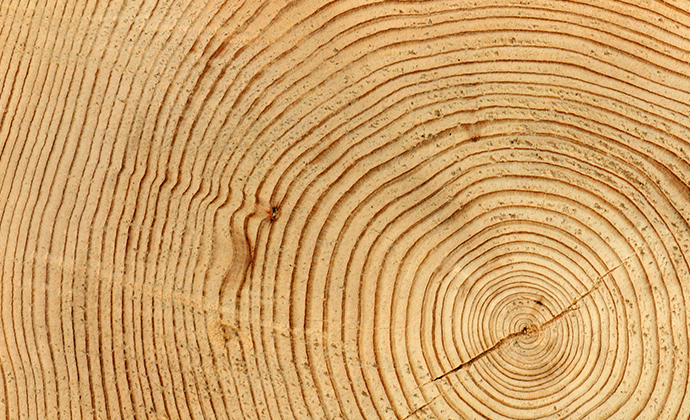


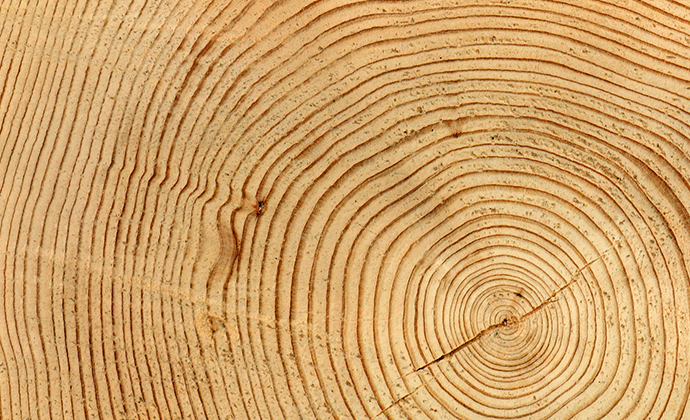
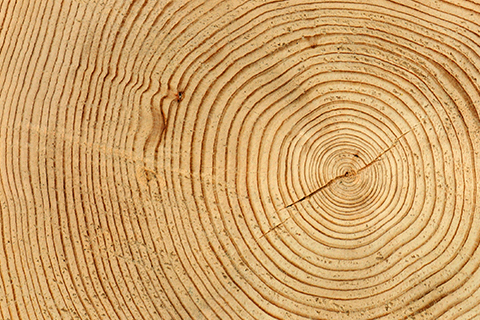
Is Nicotinamide Riboside Really an Anti-Aging Supplement?
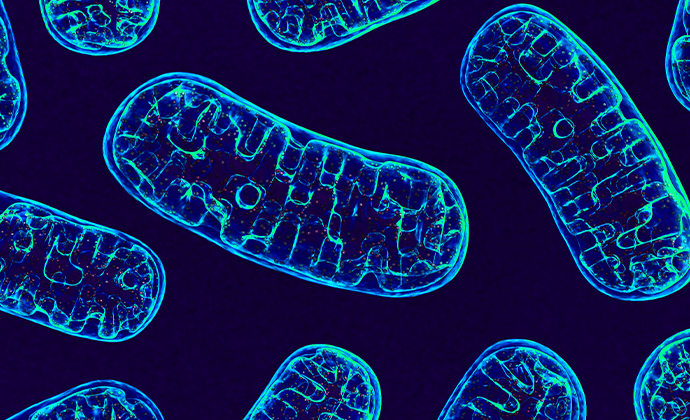


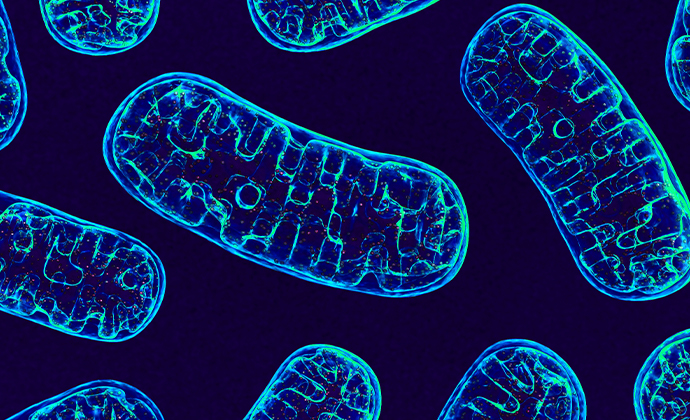
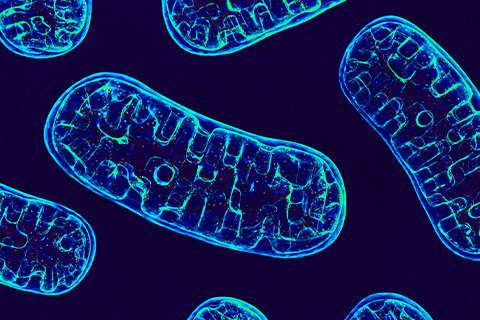
Mitochondria and Aging










